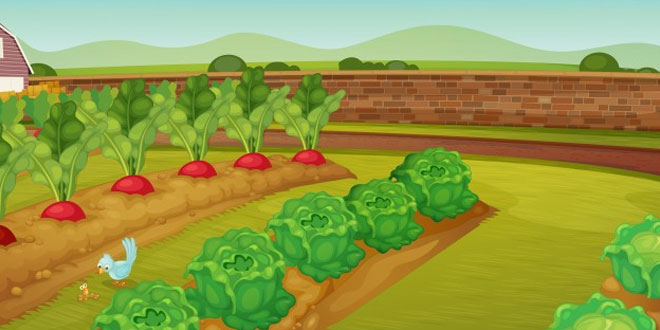Question: Why were Indian farmers reluctant to grow opium?
Answer: The Indian farmers were reluctant to grow opium, as they wanted to produce opium at a cheap rate and sell it at a high price to opium agents in Calcutta, who then shipped it to China. This difference between the buying and selling price was the government’s opium revenue. The prices given to the peasants were so low that by the early eighteenth century angry peasants began agitating for higher prices and refused to take advances. In regions around Benaras, cultivators began giving up opium cultivation. They produced sugarcane and potatoes instead. Many cultivators sold off their crop to travelling traders (pykars) who offered higher prices.
Question: Where did the agriculture revolution first occur?
Answer: The first agriculture revolution was started in England, in 1830.
Question: Describe about the letters that were sent by Captain Swing to the farmers.
Answer: On 1 June 1830, a farmer in the north-west of England found his barn and haystack reduced to ashes by a fire that started at night. In the months that followed, cases of such fire were reported from numerous districts. At times only the rick was burnt, at other times the entire farmhouse. Then on the night of 28 August 1830, a threshing machine of a farmer was destroyed by labourers in East Kent in England. In the subsequent two years, riots spread over southern England and about 387 threshing machines were broken. Through this period, farmers received threatening letters urging them to stop using machines that deprived workmen of their livelihood. Most of these letters were signed in the name of Captain Swing. Alarmed landlords feared attacks by armed bands at night, and many destroyed their own machines. Government action was severe. Those suspected of rioting were rounded up. 1, 976 prisoners were tried, nine men were hanged, 505 transported – over 450 of them to Australia – and 644 put behind bars.
Question: Explain the concept open fields and common fields given to the farmers.
Answer: Before the late eighteenth and early nineteenth centuries in large parts of England the countryside was open. It was not partitioned into enclosed lands privately owned by landlords. Peasants cultivated on strips of land around the village they lived in. At the beginning of each year, at a public meeting, each villager was allocated a number of strips to cultivate. Usually, these strips were of varying quality and often located in different places, not next to each other. The effort was to ensure that everyone had a mix of good and bad land. Beyond these strips of cultivation lay the common land. All villagers had access to the commons. Here they pastured their cows and grazed their sheep, collected fuel wood for fire and berries and fruit for food. They fished in the rivers and ponds, and hunted rabbit in common forests. For the poor, the common land was essential for survival. It supplemented their meagre income, sustained their cattle, and helped them tide over bad times when crops failed.
Question: How did the concept of open fields change to enclosed fields?
Answer: In some parts of England, this economy of open fields and common lands had started changing from about the sixteenth century. When the price of wool went up in the world market in the sixteenth century, rich farmers wanted to expand wool production to earn profits. They were eager to improve their sheep breeds and ensure good feed for them. They were keen on controlling large areas of land in compact blocks to allow improved breeding. So they began dividing and enclosing common land and building hedges around their holdings to separate their property from that of others. They drove out villagers who had small cottages on the commons, and they prevented the poor from entering the enclosed fields.
The early enclosures were usually created by individual landlords. They were not supported by the state or the church. After the mid-eighteenth century, however, the enclosure movement swept through the countryside, changing the English landscape for ever. Between 1750 and 1850, 6 million acres of land was enclosed. The British Parliament no longer watched this process from a distance. It passed 4,000 Acts legalizing these enclosures.
 Class Notes NCERT Solutions for CBSE Students
Class Notes NCERT Solutions for CBSE Students



